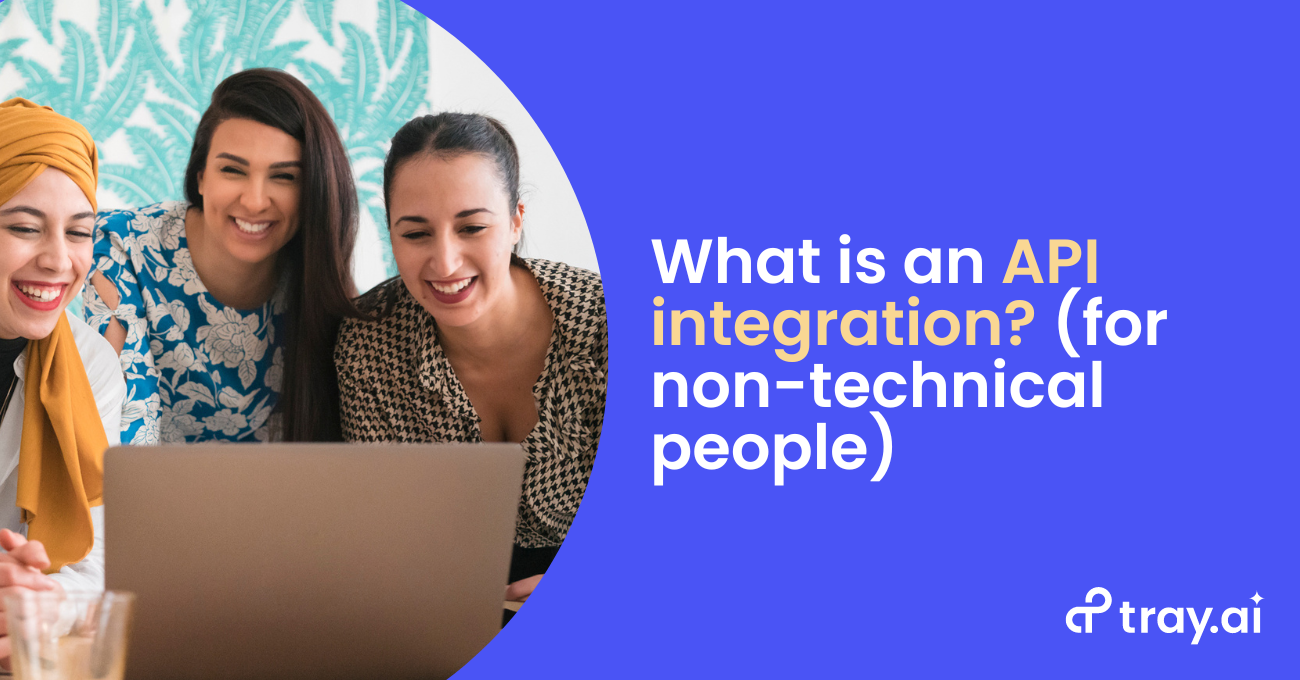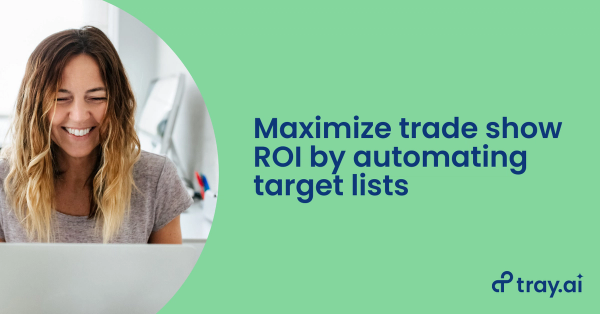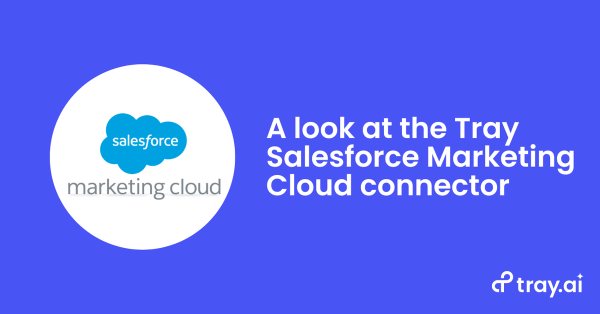As someone who works in revenue, marketing, or operations, you may have been hearing an awful lot about API integrations lately, and how they’re becoming more important to what you do.
So, what does “API integration” mean?
What is an API integration?
An API integration is the connection between two or more applications, via their APIs, that lets those systems exchange data. API integrations power processes throughout many high-performing businesses that keep data in sync, enhance productivity, and drive revenue.
What is an API?
An API, or “application programming interface,” is, according to Wikipedia:
“...A set of subroutine definitions, protocols, and tools for building application software. In general terms, it is a set of clearly defined methods of communication between various software components.”
...But what does this really mean?
Understanding APIs and API integrations
To easily understand APIs and API integrations, all you have to do is learn about the way international shipping has changed over time.
Seriously! Prior to World War II, products were generally shipped as “break bulk” - loaded individually onto freight ships by squads of longshoremen.
However, after World War II, the way freight was shipped changed permanently once intermodal freight transport gave rise to standardized shipping practices. So long as a company’s wares fit inside a container of agreed-upon size at an agreed-upon maximum weight, they could be shipped anywhere in the world.
In the same way, APIs act as shipping vessels for software. While freight is shipped in vessels made of reusable steel, APIs for web services consist of all the interactions, or messages, passed to (requests) and from (responses) an application. APIs have grown massively in popularity - more than 24,000 are in use in the wild.
(Note: An API isn’t the same as a user interface, or UI, which is the front-end interface layered on top of software that lets you give your application various commands to get it to do what you want. UIs are what humans use to interact with software; APIs are what machines use.)
The most commonly-used API for web services: REST
For web-based services (that businesses use for CRM, marketing platforms, etc.), the most popular and prevalent API is the REST API (pronounced “rest ay-pee-eye”), essentially the spiritual successor to SOAP (a mature API developed in the 1990s that uses XML for message formats, and may require an extensive XML framework to work with.)
70% of public APIs are REST APIs. REST APIs offer more flexibility, a gentler learning curve, and work directly from an HTTP URL rather than relying on XML.
How do REST APIs work?
At their simplest form, REST APIs for web services usually involve the following parties:
- Your web-based, API-enabled application
- Remote server
- Specific data request
- Returned data/function
While there are many different flavors of software and many different flavors of server, REST APIs act as a standardized wrapper to help your API-enabled applications successfully communicate with online servers to make information requests.
How do API integrations work?
API integration refers to how two or more applications can be connected to each other via their APIs to perform some joint function...using the API layer of two or more applications to make them talk to each other.
One of the most well-known API integration examples for marketing and revenue professionals is the Marketo -> Salesforce sync, which combines API integration between the two tools, and also adds an extra layer of automation - a trigger that automatically updates data in both applications in response to updates on one side for certain data types.
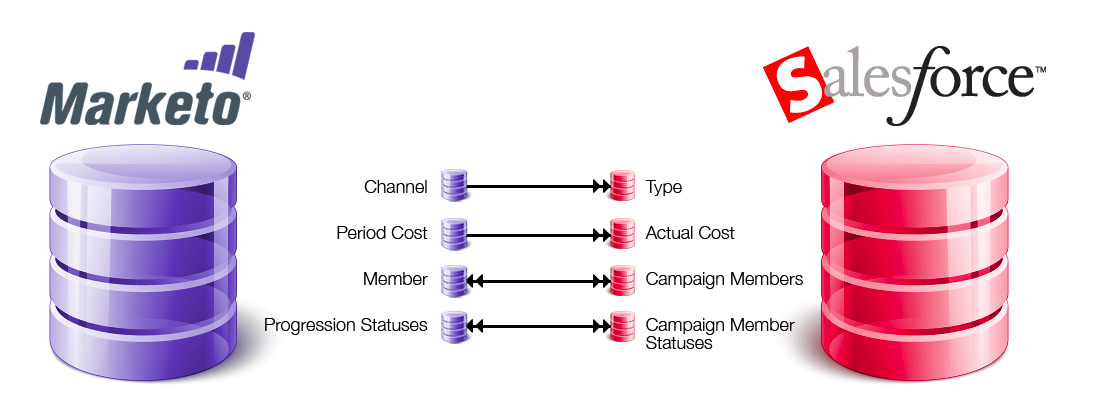
As Marketo itself explains, “The sync between Salesforce and Marketo is bidirectional only for leads, contacts, and Salesforce campaigns. In these cases, whenever you make changes in either Salesforce or Marketo, your updates will be reflected in both systems.”
What is the cost of building an API integration?
The cost of building a single API integration can easily set you back $10,000+, depending on the complexity of the integration and the time investment of your developers. Using pre-built integration and automation tools, however, can cut your costs significantly and save your developers countless hours of work.
How can I build an API integration?
Building an API integration from scratch requires a deep understanding of each system that you’d like to connect, plus no small amount of technical expertise. When planning your integration, consider using the following framework:
1. Outline your business case for the integration:
What problems will this integration solve? How will the end-user interact with the integration?
2. Assemble internal teams and resources:
What additional tools and processes will I need to build this integration?
3. Research the schema (the relationships between data) in each system:
How can I create new relationships across these systems to ensure a clean data transfer?
4. Building and testing the integration
5. Monitoring integration performance
Why API integrations are important: Time savings & data sync are just the beginning
For the Marketo -> Salesforce sync, the value should be obvious. Having each application properly connected so you can push any updated data from one to the other is obviously helpful. But it’s more than that. In this case, API integration + automation also ensures data integrity across your stack without having to worry about versioning issues.
In theory, the out-of-the-box API integrations that come with your different software applications solve all your problems as you continue to use these various apps for marketing, sales, and revenue projects. In the real world, you know that one-size-fits-all solutions rarely cover everything. You and your team have challenges and use cases that are unique to you.
What about the rest of your stack?
There’s also another challenge here: Your tech stack probably isn’t just Salesforce and Marketo. For instance, if you work in marketing, your tech stack may include any of 14,000+ applications.
And while the vast majority of modern business applications do have APIs so business users can use them, sadly, very few of them offer customizable, native integrations to the other 8,999 tools. This means that getting all your applications to talk to each other the way you need them to isn’t really something that happens automatically.
Realistically, you’ll be looking at stoppages as apps de-sync, lead data gets lost or duplicated, and you experience all those other issues you’ve come to expect. Trying to get your data to sync up usually requires error-prone manual work, jury-rigged workarounds, or filing a ticket for IT support.
How to do an API integration: Is middleware the answer to your problems?
Thankfully, there’s an alternative. A la carte API integrations are generally the domain of middleware integration tools built to tie together different software applications. These run the gamut from simple, point-to-point connectors (the features that literally connect one software application to another) for small businesses all the way to behemoth enterprise software suites.
You’ll typically find two classes of middleware integration tools on the market:
- Lightweight SMB: These tools often offer the upside of being more user-friendly, so they often map well to the needs of small and mid-sized business (SMB). Unfortunately, they can’t always support businesses that need deeper, more-complex integrations to perform sophisticated tasks.
- Heavy-duty enterprise: These tools offer a deeper suite of functionality, but have complicated front-ends that require coding. Enterprises often have teams of engineers to interact with applications like these. Not necessarily a good fit for everyone, especially revenue professionals who need to adapt to changing market conditions (and can’t wait around for IT tickets to make adjustments).
There are also additional points to consider if you decide to pursue a middleware integration tool:
- Alerting - Will the solution you’re looking into properly provide alerts for important events, such as data or runtime errors? Or will it simply grind to a halt with no warning?
- Pricing - Will your solution price integration services to enable you to scale? Unfortunately, several early middleware tools still use outdated pricing models that charge additional fees per user or per individual connector.
- Data scalability - Will your solution properly scale with your task-related needs? In order to help you accomplish your most important work, you need a solution that is capable of managing variable quantities of data as you scale your processes to flow more data between your various stack applications.
- Connector scalability - Will your solution responsively add support for new connectors or enhance existing connectors? If the tool you're researching doesn't address your exact use case and doesn't have a proven history of creating native integrations very quickly, it might not do so for a while!
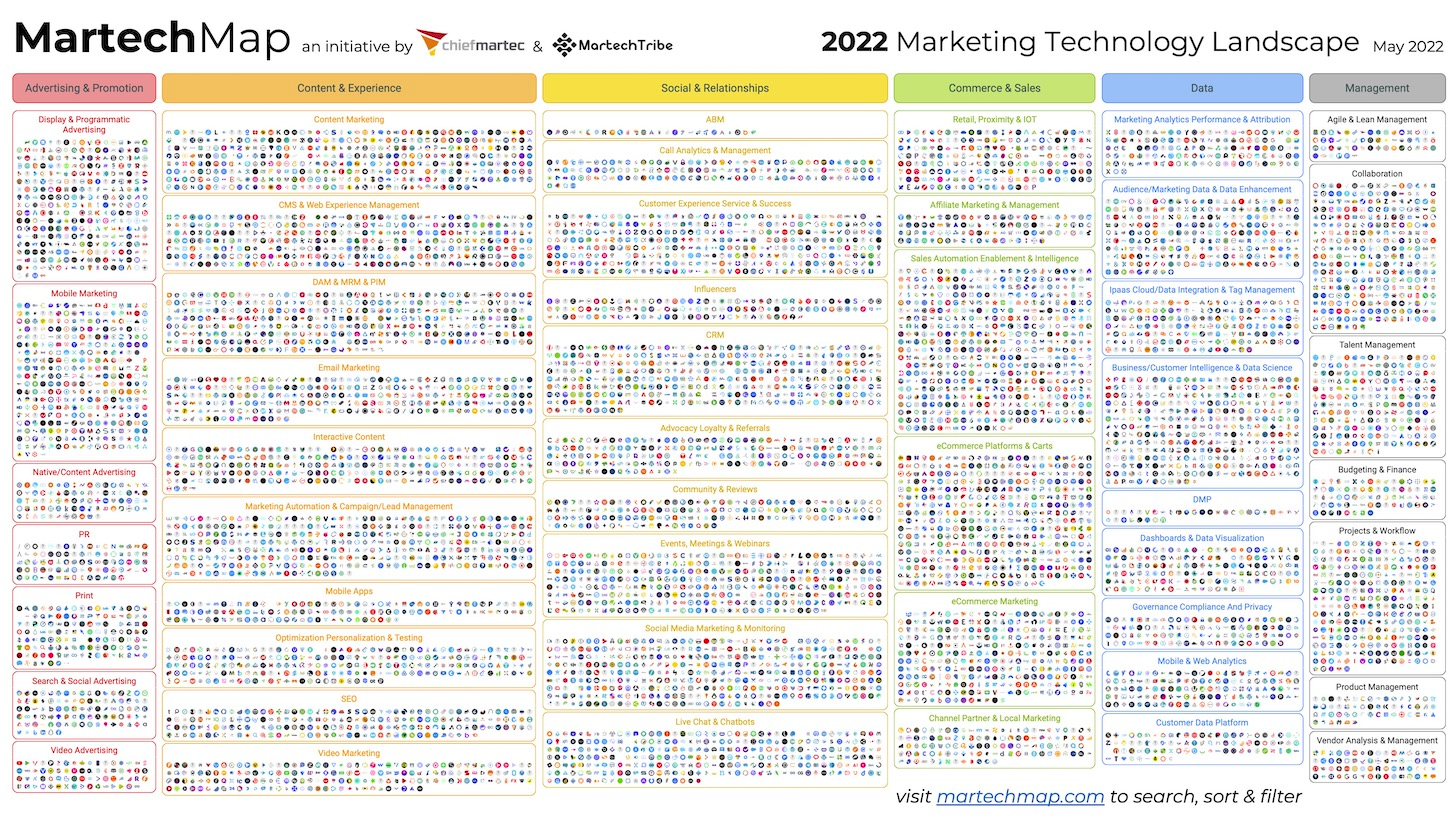
How will you integrate more than 9,000 applications for marketing alone?
A better way to integrate your stack: Low-code automation platforms
Fortunately, there’s an even better alternative to the limitations of conventional middleware to perform API integrations that are seamless and customized to your specific needs: a low-code automation platform.
A low-code automation platform handles all your API integration needs across your stack by creating workflows (connected lists of tasks across your stack that the platform fully automates) that are flexible enough to perform any business task you need, and are accessible enough to let you build them with no coding required.
A low-code automation platform has the following capabilities:
- Full API integration: Tying together cloud-based services such as CRM, marketing automation, and task management, for a variety of use cases including marketing, sales, customer success, operations, finance, and legal.
- Rapid connector updates: Being flexible enough to spin up new point-to-point connectors as needed, as well as to regularly enhance its existing pool of connectors to better fit your changing needs.
- Full automation with powerful branching & conditional logic: Automate processes using multiple cloud services, such as having marketing automation automatically update lead status in CRM based on conditional specs you design.
- Ease of use: A user-friendly interface that lets business users - not just engineers - directly integrate their tech stack to build automated workflows. The best low-code automation platforms have drag-and-drop interfaces that you can get started with in just minutes.
- Scalability: Scaling with your data usage and needs. Because low-code automation platforms are accessible and let business users build their own workflows, users tend to grow their usage over time. As they do, it’s natural to run more processes and flow more data.
- Alerting & analytics: A low-code automation platform is equipped with full alerting and analytics capabilities to help users quickly diagnose any workflow issues and monitor data usage.
Takeaway
API integrations connect the different components of your tech stack to make them talk to each other and pass data seamlessly.
They’re also important because building automated workflows of different applications that have been integrated via API can get rid of time-consuming manual labor, and also seamlessly transfer data that might otherwise require manual input and incur versioning issues, and enable you to do more of the important work you need to, faster.
If you'd like to learn more about connecting your entire tech stack via a low-code automation platforms, watch a quick demo.
